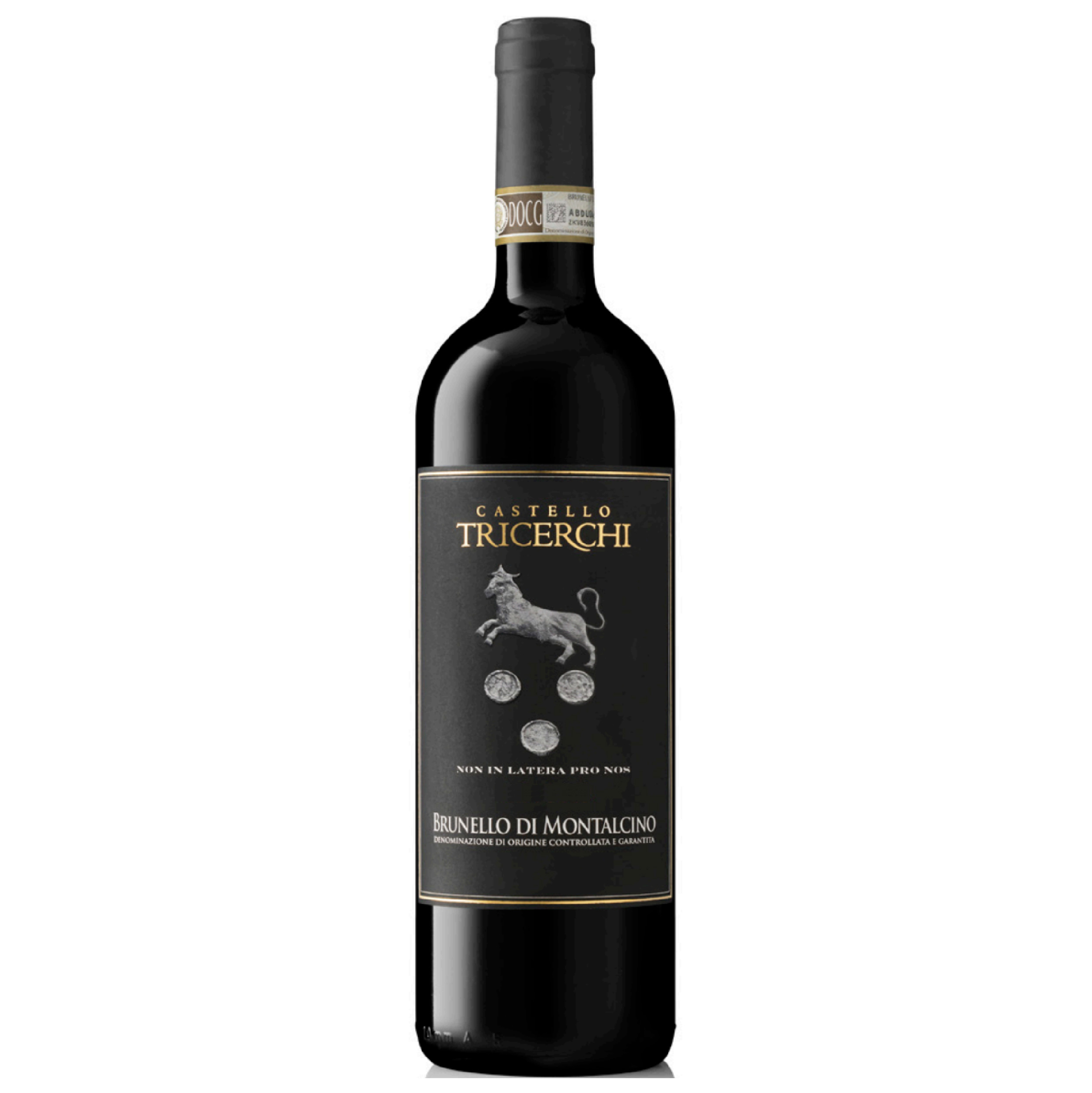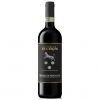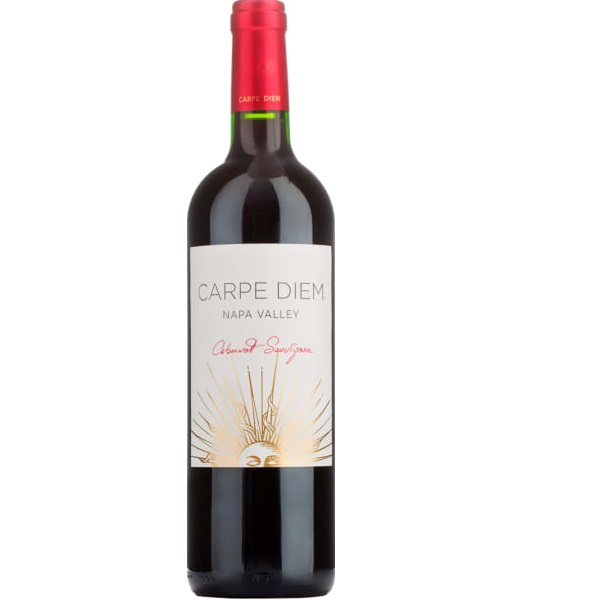-
×
 2017 Couly Dutheil Chinen Rouge Clos de l'Olive
1 × $39.00
2017 Couly Dutheil Chinen Rouge Clos de l'Olive
1 × $39.00
2016 Castello Tricerchi Brunello di Montalcino
$51.99
Out of stock
SKU: 2816198
Categories: 750ML, Brunello di Montalcino, Good Deal
2016 Castello Tricerchi Brunello di Montalcino
2016 Castello Tricerchi Brunello di Montalcino – Winemaker Notes:Tasteful, fruity, black cherry and strawberry confiture, slightly spicy with notes of tobacco and chocolate. In mouth sensation is warm, smooth, slightly tannic, balanced, intense, long, and fine.
 Tuscany is a region in central Italy. Its capital, Florence, is home to some of the world’s most recognizable Renaissance art and architecture, including Michelangelo’s “David” statue, Botticelli’s works in the Uffizi Gallery and the Duomo basilica. Its diverse natural landscape encompasses the rugged Apennine Mountains, the island of Elba’s beaches on the Tyrrhenian Sea and Chianti’s olive groves and vineyards.
Tuscany is a region in central Italy. Its capital, Florence, is home to some of the world’s most recognizable Renaissance art and architecture, including Michelangelo’s “David” statue, Botticelli’s works in the Uffizi Gallery and the Duomo basilica. Its diverse natural landscape encompasses the rugged Apennine Mountains, the island of Elba’s beaches on the Tyrrhenian Sea and Chianti’s olive groves and vineyards.
As is the case with almost all of Italy’s 20 regions, Tuscany has a long wine history. This can be traced back as far as the fifth century BC. (© Wine-Searcher).
The region’s top wines are officially recognised and protected by a raft of 41 DOC and 11 DOCG titles. There are six more flexible IGP/IGT designations, with the pan-regional Toscana IGP representing nearly a quarter of total output. See Italian Wine Labels for more details regarding this heirarchy.
Climate is a vital factor in this region’s success as a wine region. Warm, temperate coastal areas are contrasted by inland areas (particularly those in the rolling hills for which the region is so famous), where increased diurnal temperature variation helps to maintain the grapes’ balance of sugars, acidity and aromatics. One variety that particularly thrives on these hillside vineyards is Tuscany’s signature red grape, Sangiovese.
Arguably the most important of all Italian wine grapes, Sangiovese accounts for around two thirds of all plantings and 85 percent of red wine volume in the region. It is the mainstay variety in almost all of Tuscany’s top reds. Its long history and broad regional distribution means that it has acquired various names.
In Montalcino it goes by the name Brunello, whence Brunello di Montalcino. In Montepulciano, it is known as Prugnolo Gentile. Under the name Morellino it is the grape used to make Morellino di Scansano. Sangiovese also features in Chianti, in which it is joined by small amounts of Canaiolo and Colorino, as well as increasing quantities of Cabernet Sauvignon and Merlot.
With the rise of the Super Tuscans, the most famous of which come from Bolgheri, Cabernet Sauvignon became a much more prominent variety in Tuscany. Merlot and the other Bordeaux varieties also feature, as does Syrah (most notably in Cortona).
More recently focus has increased on neglected local red grapes, both as blending components and for single variety wines. Of these Ciliegiolo is the most prominent; here it achieves a more structured wine than is usually the case in neighboring Umbria. Pugnitello is also experiencing a revival, though as yet on a smaller scale.
Trebbiano (Ugni Blanc) is the most planted white variety, followed by Malvasia, Vermentino and Vernaccia. International varieties such as Chardonnay, Sauvignon Blanc and Viognier are planted in very small quantities, but do feature in (usually Toscana IGP) white wines from some top estates in red wine-focussed appellations.
Related products
Deal
Wines!
Wines!
Save 46% 95pts Decanter 94pts Suckling 93pts Parker’s WA Drinks Like Silver Oak
$159.99
95 Jeb Dunnuck | 93 James Suckling | 95 Robert Parker's
Deal
Wines!
Wines!
92pts Parker 93pts Vinous Save 40%
Deal
Wines!
Wines!
SAVE 36% 98pts Andrew Jeffords Decanter






